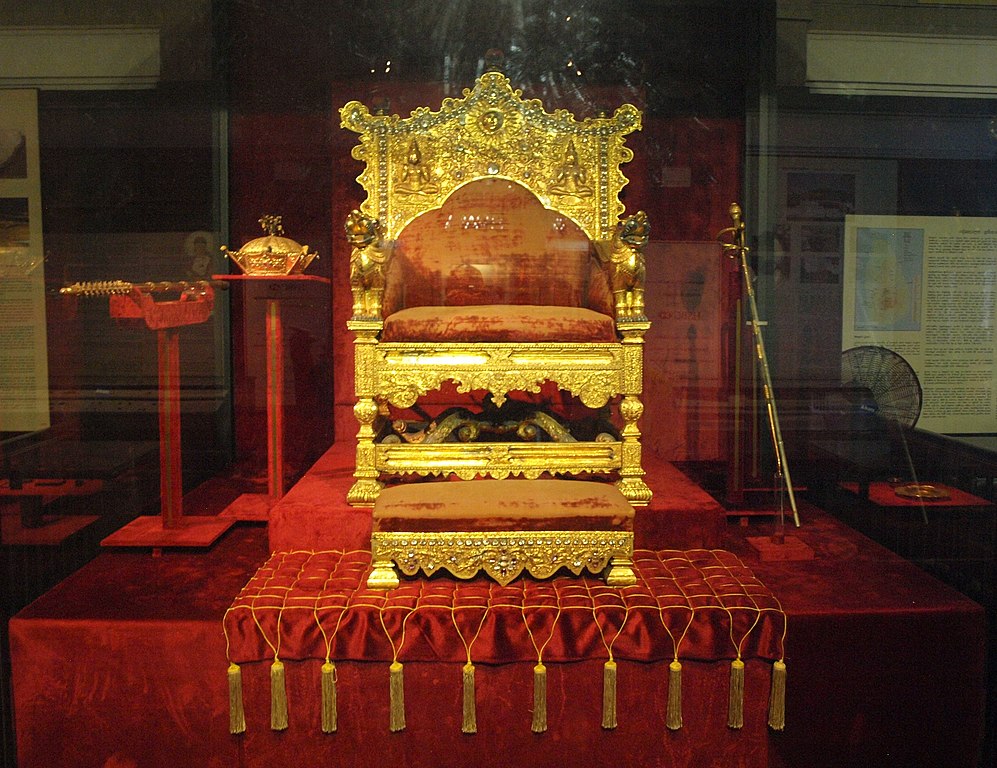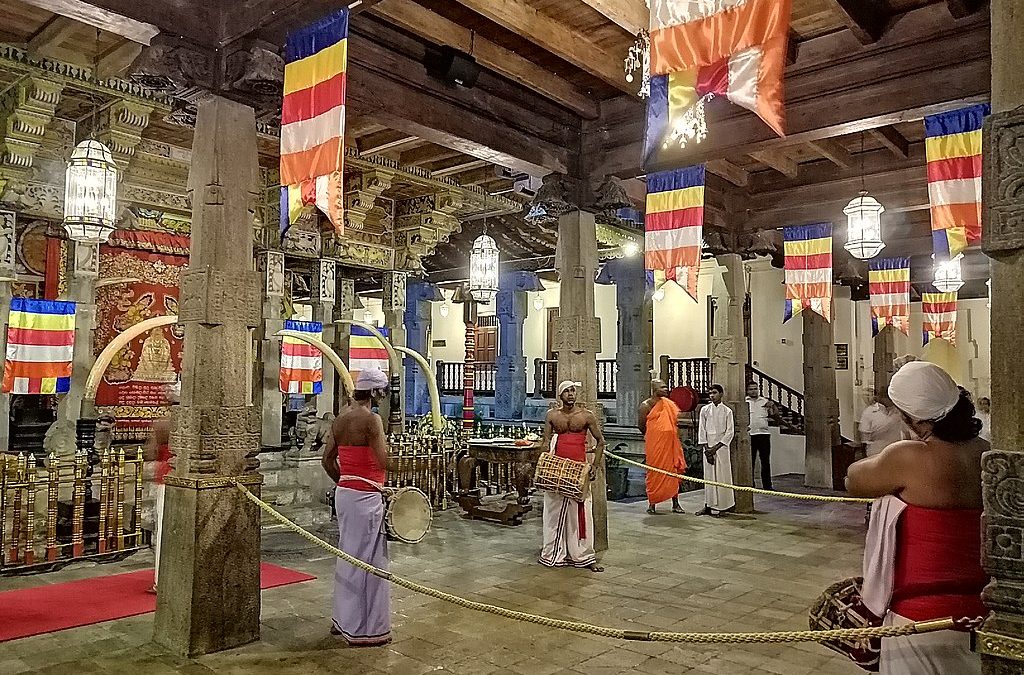The last kingdom of Sri Lanka, Kandy is a culturally rich city too and here’s a glimpse into its captivating past during the time kings ruled the land.

Mountain Stronghold
Before delving into its history, one should know that the city is in the mountains which is significant since it made it harder for invaders to capture. In Sri Lanka, luxury resorts can now be found here giving travellers a chance to experience Kandy’s rich heritage. These include properties like Earl’s Regency within easy reach of historical sites like the Temple of the Sacred Tooth Relic and the Royal Palace.
Declaring its Independence
Kandy first became an independent kingdom in the 16th century after breaking away from the Kingdom of Kotte; this took place following the murder of Kotte’s King Vijayabahu VI by his three sons who divided the kingdom into three. Following a succession of events, Sithawaka’s King Rajasinghe I invaded Kandy and took the crown from King Jayaweera III in 1581.
A Change in Monarchs
Opposition against King Rajasinghe grew however especially after he raised taxes and converted to Hinduism. His reign was to come to an end after he had Weerasundara Bandara, a Kandyan chieftain, killed on suspicion of treason; the chieftain’s son, Konnappu Bandara, revolted against King Rajasinghe and seized the throne. He ruled under the name Wimaladharmasuriya I and produced the Sacred Tooth Relic of Lord Buddha which was a symbol of Sinhala Buddhist kingship and which had been hidden from the Portuguese up to that point.
Colonial Times
During the 16th and 17th centuries, the Portuguese and the Dutch tried to invade Kandy but were successfully repelled; while the mountainous terrains were hard to pass, the Kandyans employed guerrilla tactics against the foreign armies. The British also tried to take Kandy over in 1803 but were unsuccessful; however, a rift in ties emerged between Kandyan King Sri Wickrama Rajasinghe and the Kandy nobility who subsequently supported the British. This led to a successful British invasion in 1815 as the island’s last kingdom ended.

